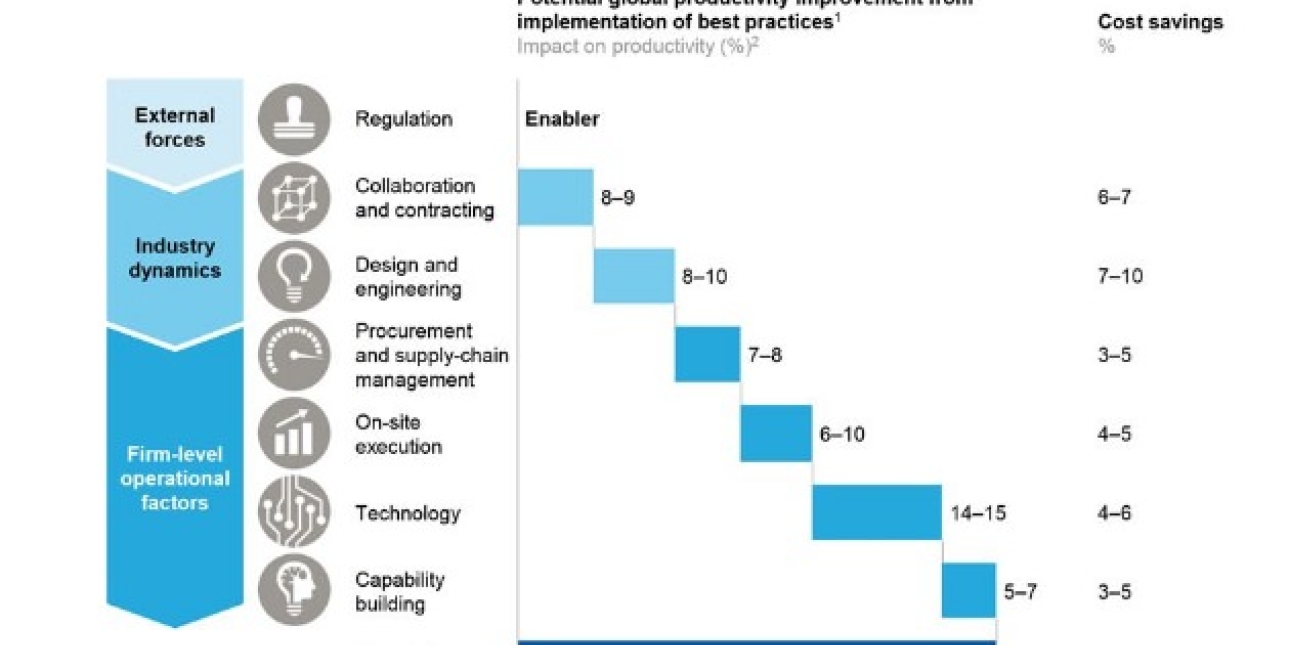PUBLIC RELATIONS
Friday 24th August 2018
Don’t just digitise. Rethink construction
Modernising construction is not something that will be achieved just by the adoption of new technologies. “The current business model of the construction sector is not sustainable.”
I spoke at two Specifi events in July 2018, the first in Manchester on 4 July, and the second two weeks later in London on 17 July. In both cases, my theme was digital transformation, illustrated in part by my own construction career journey.
In July 1987, I joined a firm of consulting civil engineers and architects and began to learn about the industry’s reliance on paper-based processes. Watching the transition from manual drawing production on drawing boards, I saw the early days of the CAD revolution, and I played my own part in that firm’s adoption of word processing and email.
In my view, these first steps barely count as digital transformation. The firm, its counterparts in other businesses and its customers had simply accelerated the production and distribution of paper-based deliverables. In many cases, electronically generated documents and drawings were simply printed out and people continued to work off hard copies as they previously did. Even into the early years of the 21st century, handover documentation provided to the client upon project completion remained largely paper-based, perhaps augmented by a few CDs of archived electronic information.
However, the last 15 years have seen the pace of digitisation gradually increase. As the relative costs of ICT hardware and software has dropped, sophisticated tools have become more affordable to the businesses in a cost-conscious industry which previously had under-invested in ICT. Cloud-based software reduced reliance on in-house data centres and internal ICT expertise. Consumer-grade mobile devices such as smartphones and tablets have gradually became more ubiquitous, while the explosion in social media adoption has changed our perceptions about the creation and consumption of user-generated content.
In the built environment sector, the government’s push of building information modelling (BIM) has also been a significant factor in promoting digital transformation since 2009. But it would be wrong to think the industry simply needs to invest in new technologies. (As the diagram – from McKinsey – below suggests, technology is just one of seven areas where construction needs to catch up.)

It’s modernise or die
In my talks I emphasise that the government and other forward-looking client businesses are demanding wider changes to how the industry works. As I’ve previously written, the January 2018 collapse of Carillion is just one sign of a deeper malaise within the UK construction sector – and a succession of government and industry-driven reports (McKinsey’s 2017 Productivity report is just one) are highlighting that the sector must, to reuse the title of Mark Farmer’s October 2016 report, “Modernise or Die”.
Short-term adversarial business models are being rejected in favour of longer-term business relationships founded on collaborative processes and behaviours; government is shifting from lowest price tendering to demanding best whole life value; and, rather than seeking bespoke project solutions, industry clients are looking at greater standardisation and increased use of offsite manufacturing techniques.
My presentations include extracts from successive government construction industry strategies (2011, 2016), and from “Construction 2025” which set stretch targets to lower project costs, shorten programmes, improve carbon performance, and improve the competitiveness of the UK industry currently known as construction. And recent budget statements have committed to supporting these strategies.
In Manchester, I was asked which document should be required reading. I said the potentially most important document had yet to be published: the Construction Sector Deal.
‘The current construction business model is not sustainable’
Within 24 hours, on 5 July, this had been published by the government (and I happily updated my presentation for the 17 July event to reflect its key themes). It bluntly warns “the current business model of the construction sector is not sustainable,” and stresses three strategic areas for change:
- Digital techniques to deliver better, more certain results during the construction and operation of buildings, including optimal performance during the life of the building.
- Offsite manufacturing to minimise wastage, inefficiencies and delays, speeding up construction and reducing disruption.
- Whole life asset performance to shift focus from the costs of construction to the costs of a building across its life cycle, particularly its use of energy.
And within days, two further notable documents appeared. First, the House of Lords science and technology select committee published a report recommending wider adoption of offsite manufacture for construction. Second, the Construction Leadership Council published its “Procuring for Value” report, advocating procurement based on delivery of best whole-life value and performance, with a strong focus on measuring and rewarding good asset and supplier performance.
It will take time for these and related initiatives (eg: Digital Built Britain, Project 13) to bear fruit, and there undoubtedly will be some inertia and resistance to change. But some of the UK construction industry’s largest customers are increasingly looking for suppliers who can work digitally.
I quote Internet founder Tim Berners-Lee’s remark “if the past was document sharing, the future is data sharing”. As an industry we have to move beyond document and file-based thinking and make data the new normal. It will not just be about digital thinking but about rethinking construction as a whole.
(This is a longer version of a post – It’s Modernise or Die – first published on the Specifi blog.)
Photo by TJ Dragotta on Unsplash
